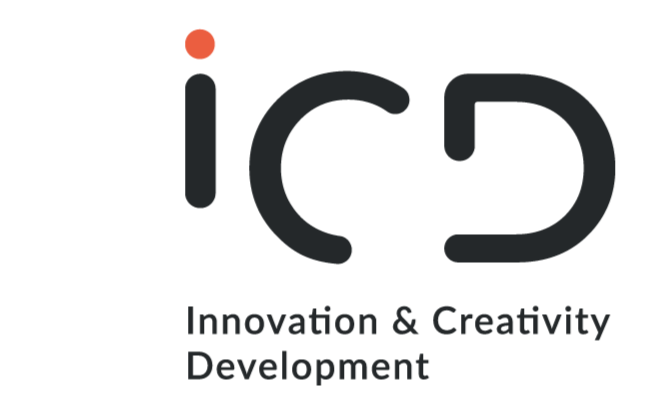
When we talk about innovation, we usually think of new products or eye-catching technologies. However, strategic innovation goes a step further: it is a deliberate, systematic approach aligned with the company’s vision to generate meaningful and sustainable transformations. It’s not just about improving what already exists, it’s about identifying and betting on initiatives that can redefine your industry, create new opportunities, and provide a real competitive advantage in the long run.
Keys to understanding strategic innovation
Strategic innovation is based on several pillars that make it possible for it to go from being a concept to becoming concrete results:
Protection of innovation: registering patents, trademarks or other rights that ensure that competitive advantage is maintained.
Clear vision and strategy: It all starts with knowing what the company wants to achieve, what its goals are, and how innovation can contribute to achieving them.
Market and customer knowledge: research, analyze trends, anticipate changes, and understand what customers need (or will need).
Tolerance for risk and experimentation: innovating means trying, making mistakes, learning quickly and continuing to try.
Cross-cutting collaboration: breaking down silos so that different areas share knowledge and generate ideas together.
Resource allocation: Dedicate time, talent, and budget to priority innovative projects.
Scalability and effective implementation: Developing ideas that can be efficiently scaled and brought to market.
Continuous learning: collecting feedback, measuring results and adjusting the strategy to continue evolving.
Examples of companies that innovated strategically

These cases illustrate how strategic innovation can transform industries:
✅ Google: it did not stay in the search engine. He expanded his business into advertising, mail, operating systems and cloud, always staying ahead of the curve.
✅ Tesla: bet on the high-performance electric car, changing the perception of an entire traditional market.
✅ Airbnb: reinvented the hotel industry through the sharing economy, creating an entirely new model.
✅ Amazon: It started from selling books online and ended up building an ecosystem that includes e-commerce, cloud services and smart devices.
✅ IKEA: transformed the furniture market with its self-service model and accessible design, now adding sustainability strategies.
In all cases, success didn’t come from just a brilliant idea, but from a conscious strategy to break the mold and lead change.
The Strategic Innovation Process in 10 Steps
For innovation to be truly strategic, it should follow a structured process:
1️⃣ Define the strategic direction – Clearly establish where the company wants to go and what business objectives it aims to achieve.
2️⃣ Identify opportunities – Study market trends, analyze competitors, and engage with customers to uncover areas for improvement or disruption.
3️⃣ Generate ideas – Open the creative process to the entire organization, and ideally, also involve customers and external partners.
4️⃣ Evaluate and select – Prioritize the ideas with the greatest potential, feasibility, and alignment with strategic goals.
5️⃣ Develop concepts and prototypes – Define in detail how selected ideas will work and test them on a small scale with real users.
6️⃣ Build a business case – Estimate investment needs, expected returns, risks, and benefits to make informed decisions.
7️⃣ Allocate resources – Ensure the right teams, budgets, and technologies are in place to carry projects forward.
8️⃣ Implement and execute – Bring the innovation to market or integrate it within the organization, effectively managing the change process.
9️⃣ Measure results – Use clear indicators (e.g., sales, customer satisfaction, market share) to track whether objectives are being met.
🔟 Learn and improve – Capture insights from each project to enhance future innovation initiatives.
Best practices for managing strategic innovation

For this process to work, it is essential to create an environment that is conducive to innovation. Some recommendations:
Sharing learnings: celebrating achievements, but also reflecting on failures to improve.
Align innovation with the overall strategy: that each initiative has a clear purpose and contributes to the company’s objectives.
Leadership commitment: management must be the first to support, participate and set an example.
Promote collaboration: encourage different departments to share perspectives and challenges.
Create innovation teams and leaders: responsible for energizing and coordinating initiatives.
Have defined processes: that guide from the generation of ideas to their launch.
Work agile: learn fast, adjust, and try again.
Observe the environment continuously: to capture emerging opportunities or threats.
Always listen to the customer: their needs are the best starting point.
Measure impact: use data to know what works and what doesn’t.
Final Thought: How to Go From Idea to Transformation
Strategic innovation is not about having more ideas, but about connecting the right ideas to the company’s strategy, resourcing them, and systematically implementing them. It requires courage to question the status quo, discipline to measure results, and flexibility to adapt to what the market and customers demand.
When done right, it doesn’t just launch new products: it changes the way the company competes, grows, and generates value, ensuring that its proposition remains relevant in a world that never stops changing.
